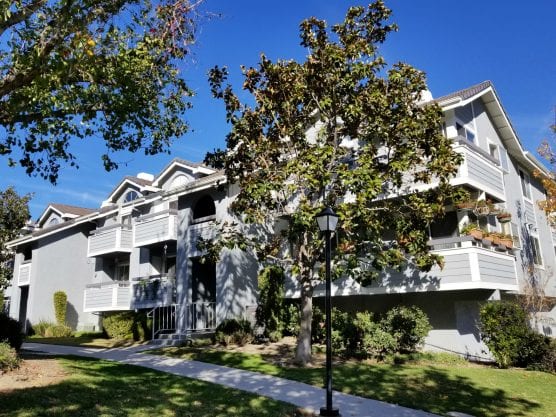Santa Clarita has seen significant trends in its housing market and population demands over the last 20 years, and with a continued need for expansion across California cities, the time has come to update its housing production goals in order to comply with state requirements.
There are currently more than 10,400 residential units, ranging from homes to condos and apartments, that are in some phase of the housing development and construction process, according to Jason Crawford, planning, marketing and economic development manager with the city.
Of that figure, 2,000 residential units are currently in the planning review process and 7,000 have been entitled, but not yet built. These figures help the city find out whether it is building the quantity and type of homes necessary to ensure “that all residents in the city will have a safe and healthy home in the future,” according to Santa Clarita’s general plan.
By September 2021, the city will need to have built 8,322 new housing units in order to meet its fair share of the region’s housing needs, according to estimates by the Southern California Association of Governments, which covers Los Angeles County cities and those in five other counties.
In 2019, alone, the city is expected to issue up to 1,500 building permits for residential units, an indication that Santa Clarita is close to meeting the requirement, said Crawford.
“We traditionally have seen in the last cycle 400 to 500 building permits each year,” he said. “This year, it’s between 1,200 to 1,500. This year we’re seeing an increase in building permits due to market demand and that will definitely get us closer to the goals of the state for housing production.”
What that state goal is as the demand grows across California is something SCAG is working to update with its new Regional Housing Needs Assessment cycle.
The California housing element law mandates local governments to calculate a fair share of the need for new housing in each jurisdiction of their member counties every eight years via a process known as the Regional Housing Needs Assessment, or RHNA.
SCAG calculates the RHNA for its six-county region for every housing element planning period. The most recent projection, conducted in 2012, estimated the number of new housing units needed (8,322) for the planning period between October 2013 and September 2021, according to the city’s general plan.
SCAG broke down the number of future housing units needed at four income levels for the planning period to be:
2,208 units for very low-income levels ($41,400 or less for a family of four)
1,315 units for low-income levels (up to $66,250)
1,410 for moderate-income levels
3,389 for above moderate-income levels
The new, proposed cycle of the RHNA for the next eight years falls between October 2021 and October 2029.
The public is invited to learn more about its proposed RHNA allocation methodology options, which identifies what services are being offered and what each cost, at an information session scheduled for Thursday, Aug. 29 from 1-3 p.m. at The Centre, located at 20880 Centre Pointe Pkwy.
Like this:
Like Loading...
Related





 Tweet This
Tweet This Facebook
Facebook Digg This
Digg This Bookmark
Bookmark Stumble
Stumble RSS
RSS


























REAL NAMES ONLY: All posters must use their real individual or business name. This applies equally to Twitter account holders who use a nickname.
0 Comments
You can be the first one to leave a comment.